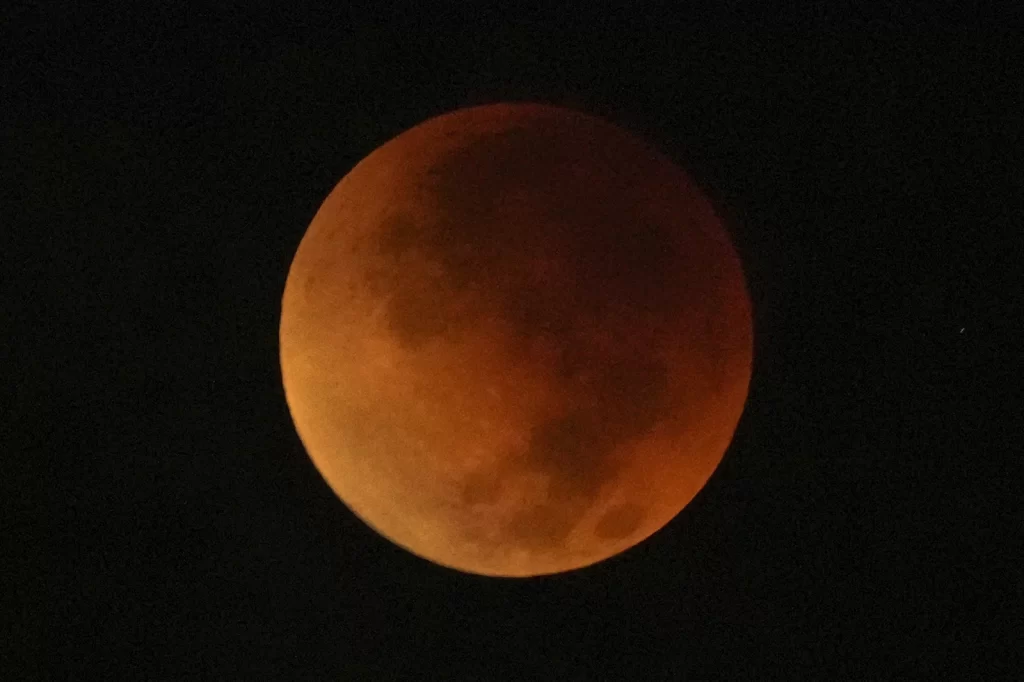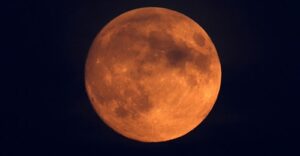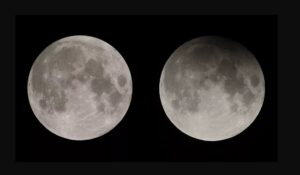Tuesday, November 7, a total lunar eclipse will be visible in North America, Central America, Colombia, and western Venezuela and Peru. It’ll begin just before sunrise and will last about an hour and a half.
From the NPR article below:
The phenomenon causes the moon to appear red, often nicknamed a “blood moon.” During a lunar eclipse, what little sunlight that’s left passes through Earth’s atmosphere to get to the moon. The more cloudy or dusty the atmosphere is, the redder the moon looks.
“It’s as if all the world’s sunrises and sunsets are projected onto the Moon,” NASA said.

A total lunar eclipse is happening Tuesday — and it won’t happen again for 3 years
NPR
Nov. 7, 2022
Ayana Archie
A total lunar eclipse is happening Tuesday, and it might be a good time to catch a peek, because the next one isn’t for three years.
The initial phase of the eclipse begins at 3:02 a.m. ET, according to NASA. The partial eclipse then begins at 4:09 a.m. ET, when to the naked eye, it looks like a bite is being taken out of the moon. The lunar disk enters totality at 5:17 a.m. ET and will last for about an hour and a half.
People in North America, Central America, Colombia, and western Venezuela and Peru will be able to see the eclipse in totality. Those in Alaska and Hawaii will be able to see all stages of the eclipse.
For the best view, it is best to be in a dark area with little light pollution.
A lunar eclipse happens when the sun, Earth and moon align. During a full lunar eclipse, the moon falls completely in the Earth’s shadow.
The phenomenon causes the moon to appear red, often nicknamed a “blood moon.” During a lunar eclipse, what little sunlight that’s left passes through Earth’s atmosphere to get to the moon. The more cloudy or dusty the atmosphere is, the redder the moon looks.
“It’s as if all the world’s sunrises and sunsets are projected onto the Moon,” NASA said.
The next full lunar eclipse will occur on March 14, 2025, but there will be partial lunar eclipses before then, according to NASA.


